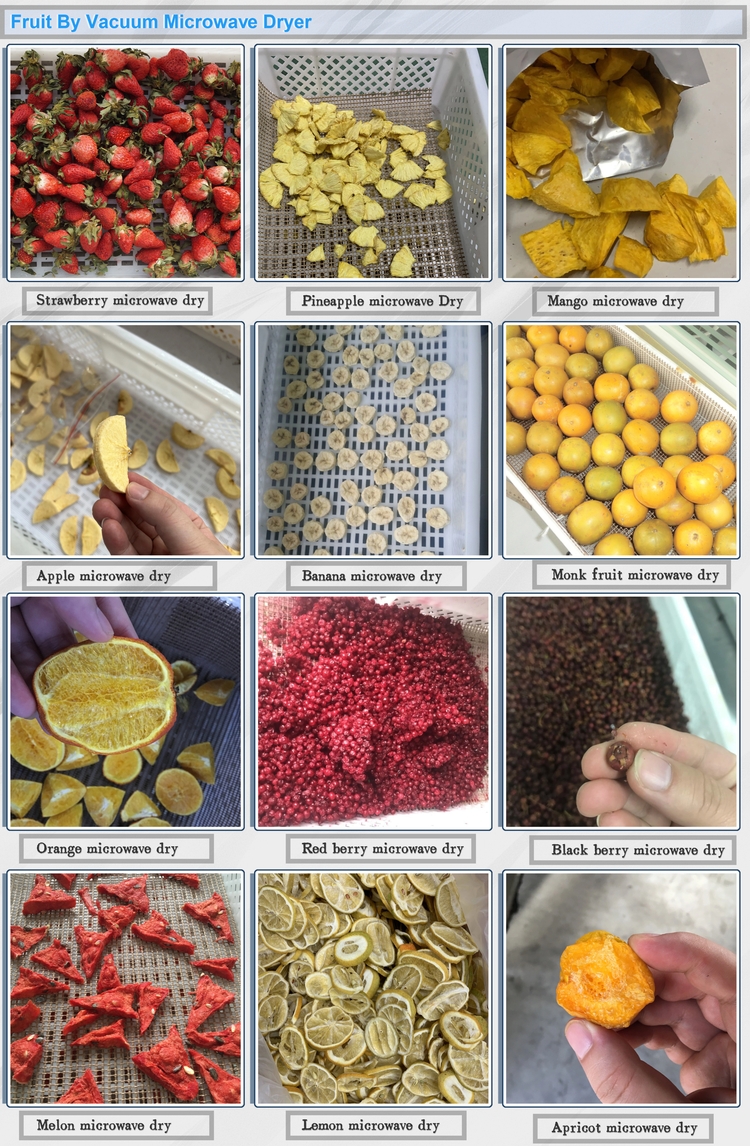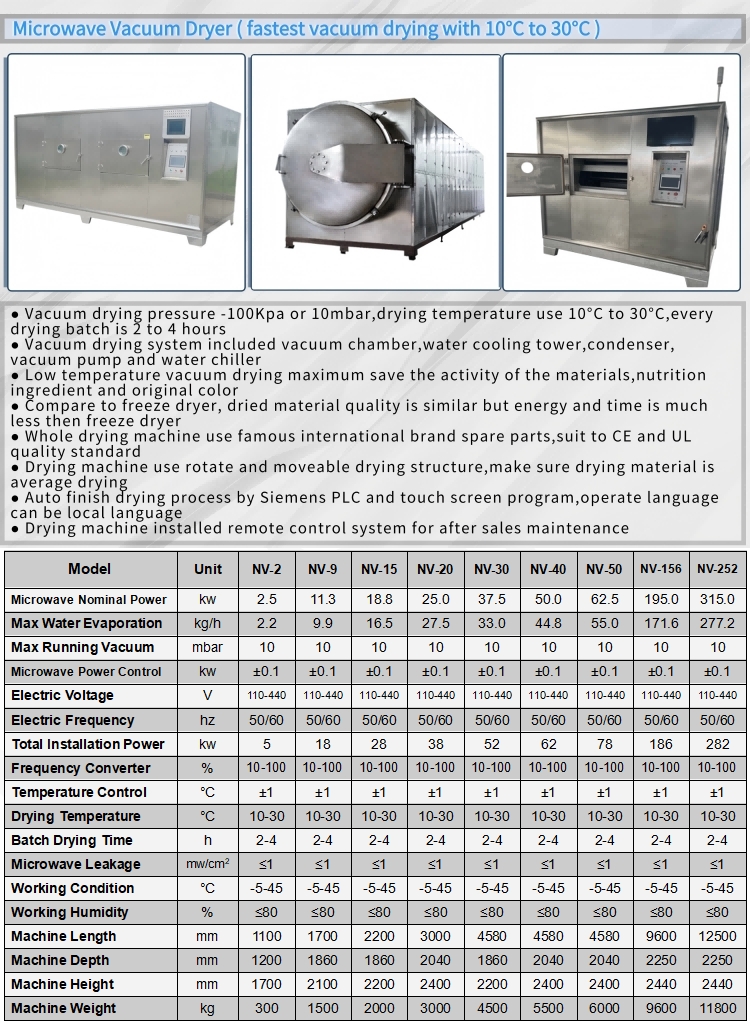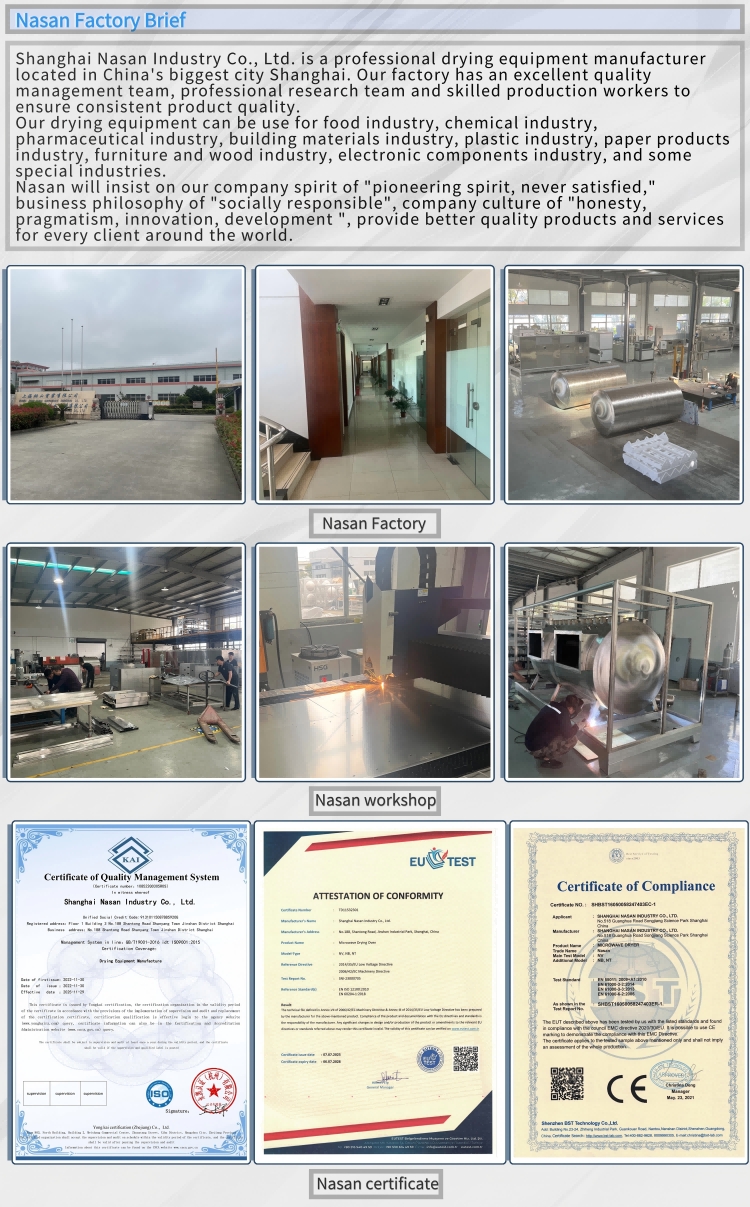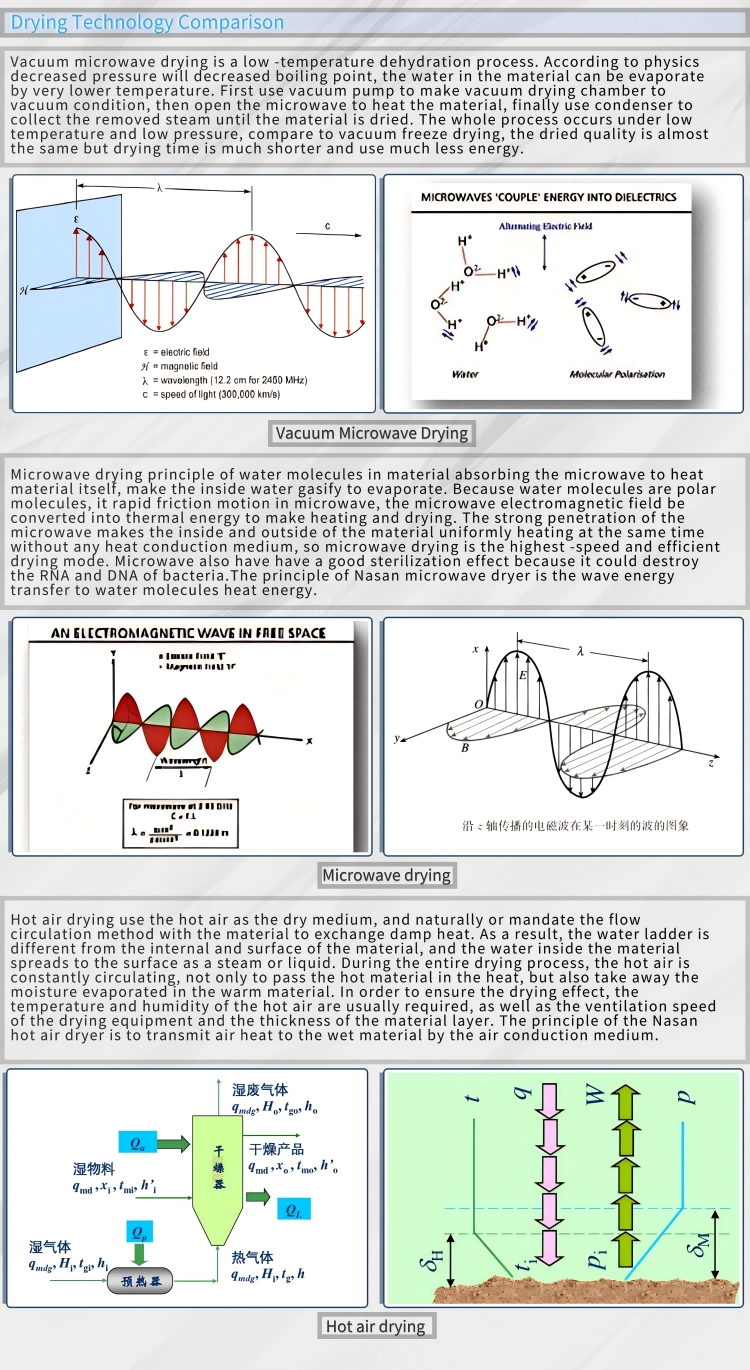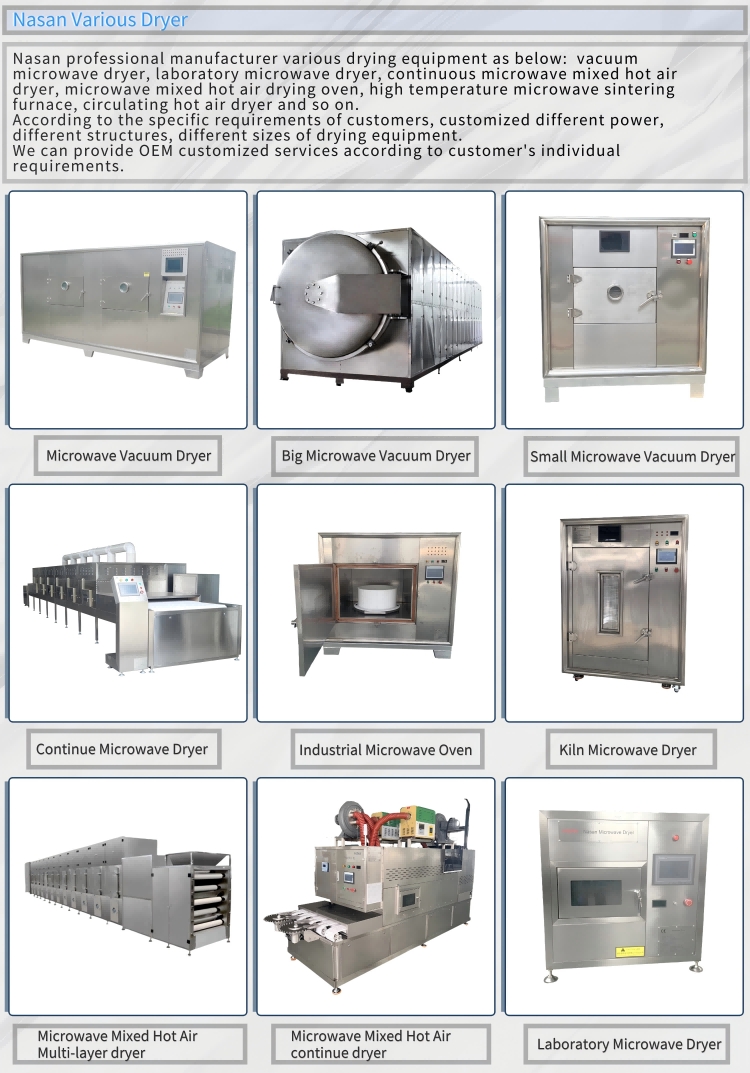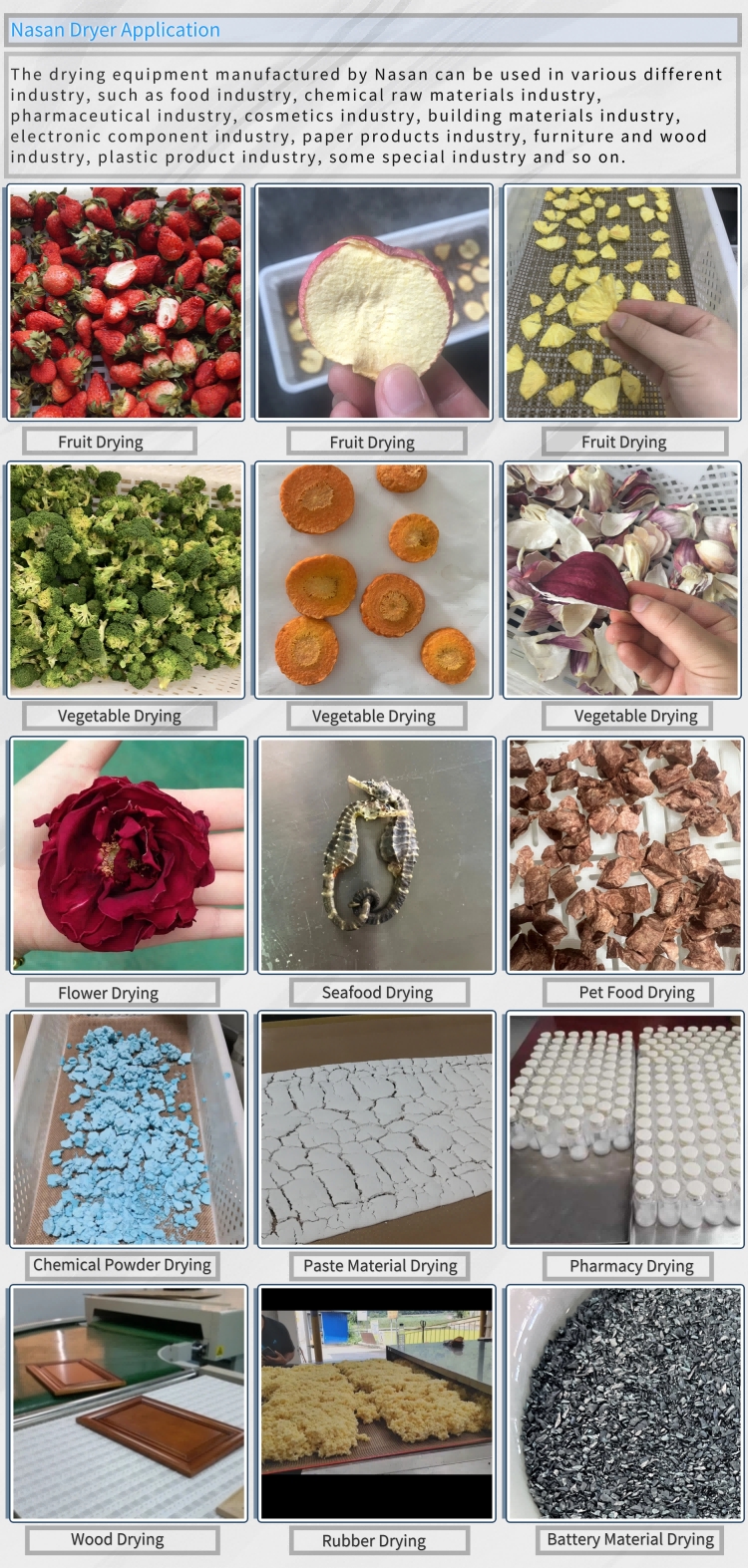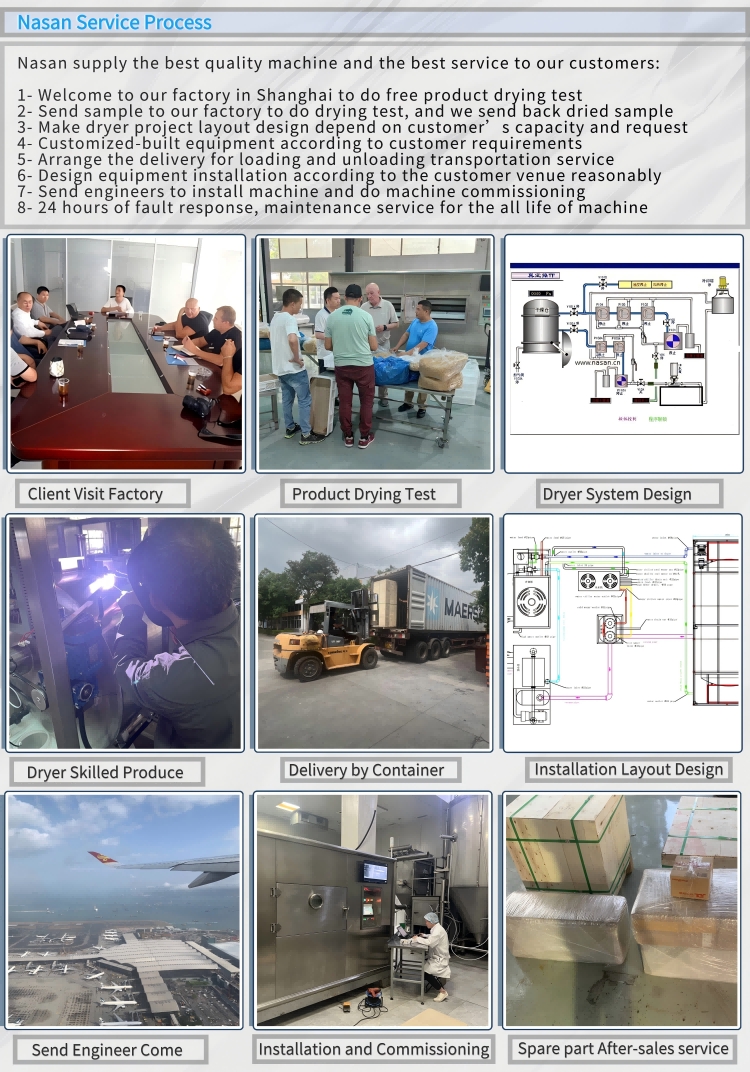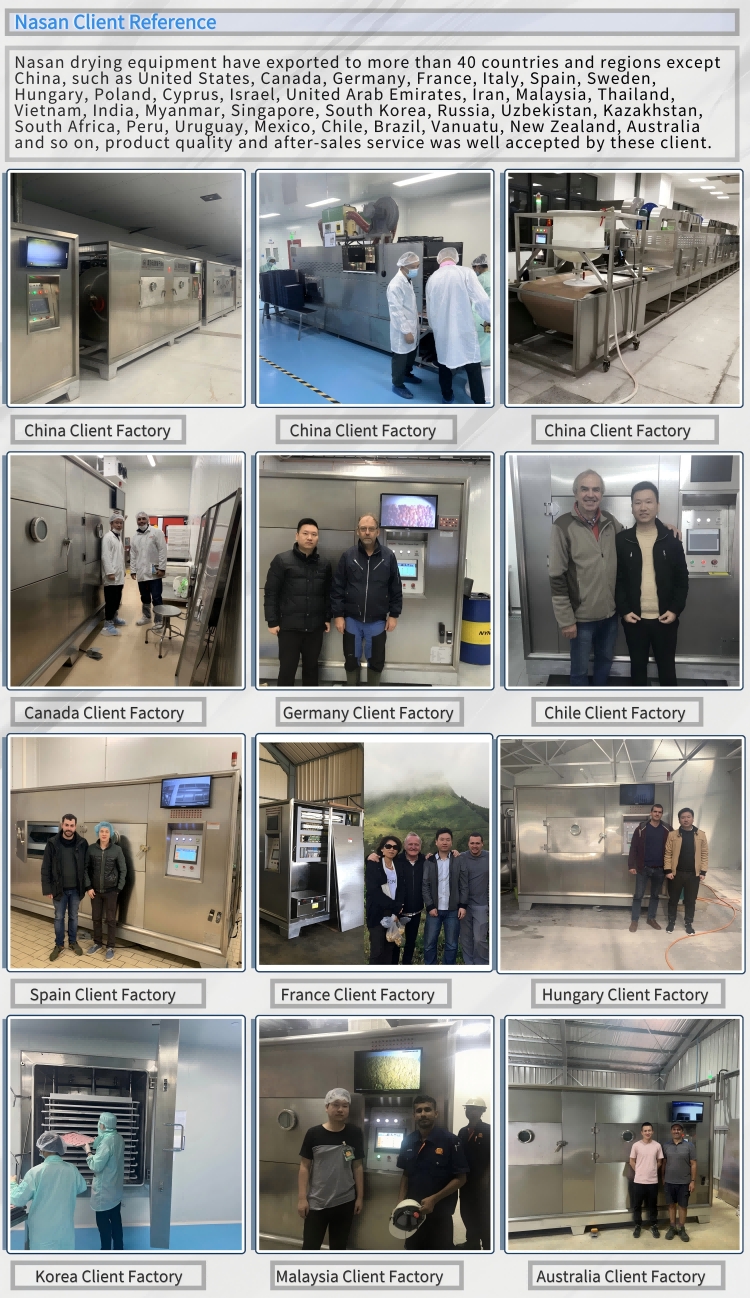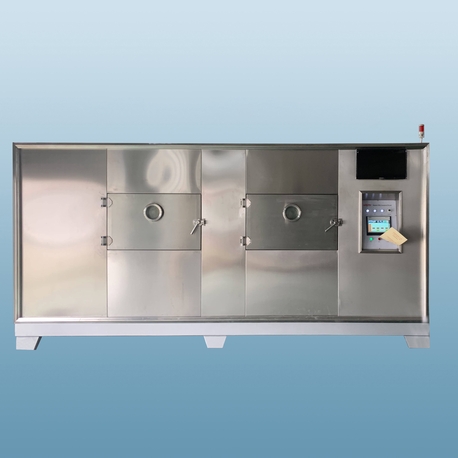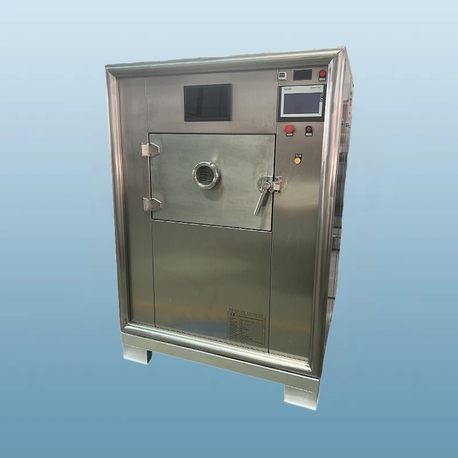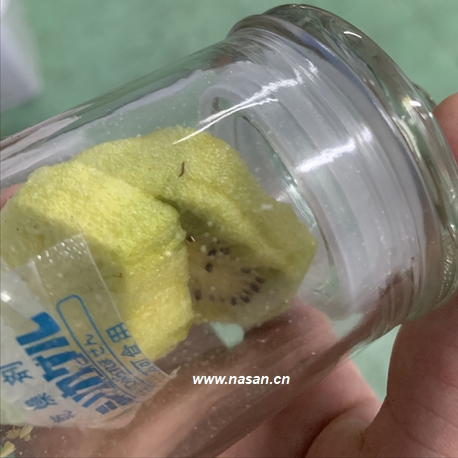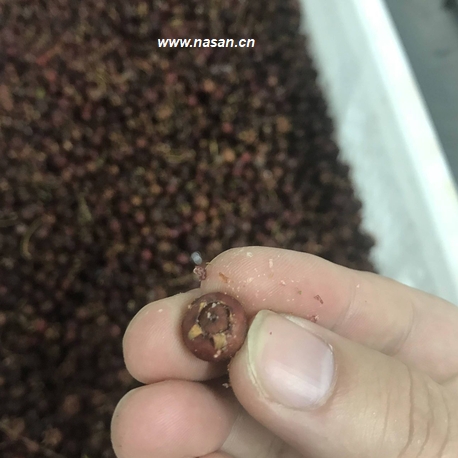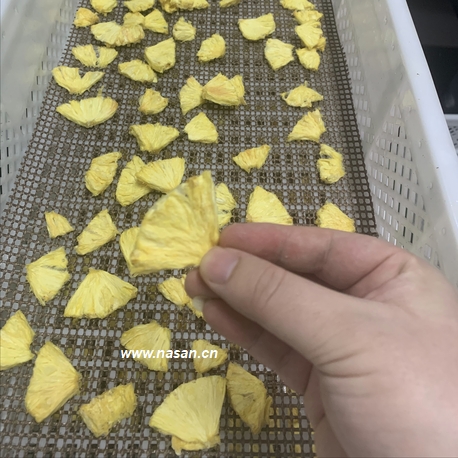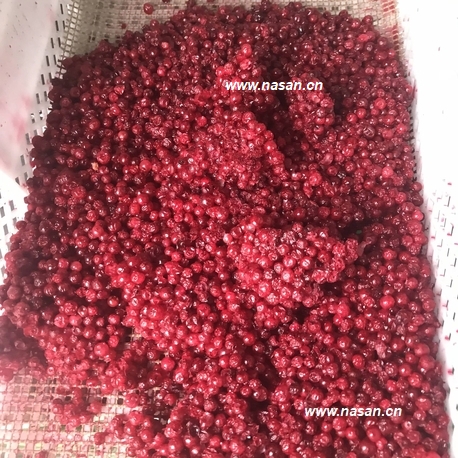Fruit vacuum microwave dryers are advanced drying equipment that combines microwave heating with a vacuum environment, and are widely used in the fruit processing industry. Here is a detailed introduction:
Working Principle: Microwave vacuum dryers utilize the characteristics of microwave penetration. Microwaves directly act on the water molecules inside the fruit, causing them to vibrate at a high frequency and generate heat, achieving internal and external synchronous heating. At the same time, the vacuum environment reduces the boiling point of water. For example, at a vacuum degree of -0.08MPa, the boiling point of water is about 45℃. The fruit dehydrates rapidly at a low temperature, and the moisture is removed through the exhaust system, thus achieving the purpose of drying.
Excellent Nutrient Retention: The low-temperature drying method of fruit vacuum microwave dryers can effectively avoid the damage of high temperature to nutrients. The retention rate of vitamin C can reach more than 80%, and the loss of antioxidant substances such as polyphenols and carotenoids is reduced by 30%-50%.
Good Retention of Color and Flavor: The vacuum environment can prevent the oxidation of pigments in fruits, and the low-temperature drying can avoid the Maillard reaction and caramelization reaction, so that the dried fruits can maintain a natural and bright color. At the same time, the low-temperature environment reduces the loss of volatile flavor substances, and the aroma of dried fruits is more intense.
High Drying Efficiency: Microwave heating has high efficiency, and the vacuum environment reduces the resistance of evaporation. The two are combined to significantly improve the drying efficiency. The drying time is shortened from 6-12 hours of the traditional method to 1-3 hours, and the energy consumption is reduced by 40%-60%.
Uniform Drying: Microwaves can penetrate the fruit to a certain depth, so that the inside and outside of the fruit are heated at the same time, avoiding the problem of uneven drying such as "dry on the outside and wet on the inside" in the traditional drying method.
